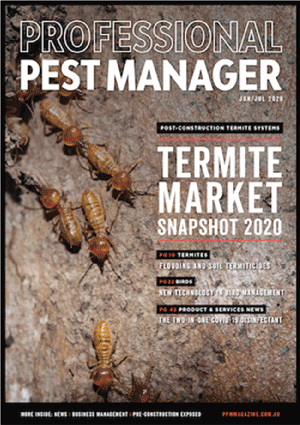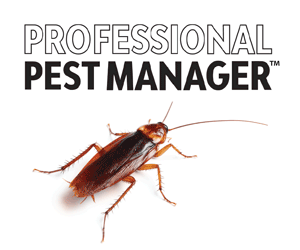Which kind of respirator should you be using for undertaking pest treatments?
When selecting a respirator for a pest control job, several factors should be taken into consideration. For example, the level of protection required, the exposure level to the different types of contaminants, the duration of exposure and also the work at hand, and whether it’s physically demanding or not. Selecting the correct respirator requires an understanding of the different types of respirators available and how they apply to the pest industry.
The half-mask is considered a negative pressure respirator as it is required to achieve an air-tight seal around the nose and mouth. It relies on the user’s lungs to draw ambient air, which is filtered as they breathe in. The secured seal between the respirator and the user’s skin prevents any inward leakage as the user breathes. This half-mask type of respirator is one of the most used by pest managers.
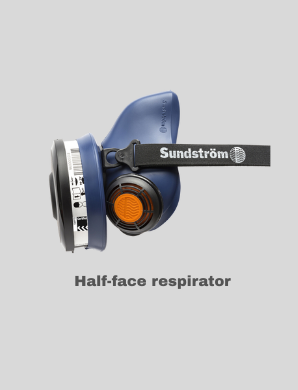
Being reusable, a half-mask respirator is cost effective, and because it is made out of one-piece silicone, it is comfortable to use for extended periods of time. By using different filters or filter combination, it has the flexibility to protect against wet and dry particles and chemical contaminants, making it a practical choice for pest control professionals. It is also a good choice when crawling under small, tight or enclosed spaces such as roof voids and subfloors.
The full-face mask, also a negative pressure respirator, is an excellent option for pest managers who require a higher level of respiratory protection as it provides added protection for the entire face and eyes. It protects against vapours, spray and splashes from the chemicals used by pest managers on day-to-day jobs.
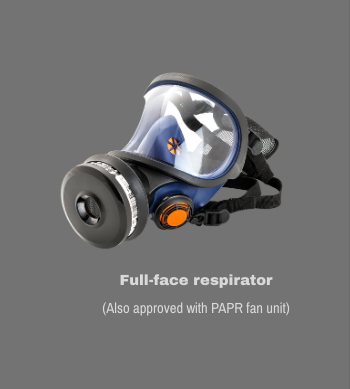
It is important to note that both half-masks and full-face masks require fit testing by accredited professionals to ensure a proper seal is maintained. Wearers must be clean-shaven at all times to remain effective. It is also recommended to follow the user instructions, particularly around correct usage, maintenance, storage and cleaning for optimal effectiveness and longevity of the mask.
Not all respirators are the same even though they are still referred to as half-mask or full-face respirators. Users should seek to use a respirator that allows low exhalation and inhalation breathing resistance. This can be achieved through the design of the filters, the presence of exhalation and inhalation valves and the overall design of the facepiece.
One of the key advantages of Sundström respirators is that both half- and full-face masks use the same filters, so pest managers can switch masks depending on the requirements of the job but use the same filters. The mask bodies are made of one-piece silicone making them durable, hypoallergenic and comfortable to wear.
For those pest managers requiring a different level of respiratory protection, the powered air-purifying respirator (PAPR), which is a positive pressure respirator, is another great option for achieving a maximum level of protection. PAPRs use a battery-powered fan to pull air through the filters, providing clean and breathable air to the wearer.
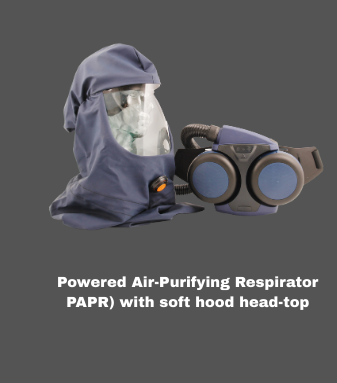
PAPRs are the respirator of choice for those with facial hair, including beards and moustaches. They are often used in situations where potential pesticide exposure is high or prolonged. The versatility of this respirator lies in the selection of different head-tops that connect to the PAPR. In situations where toxic chemicals could potentially be absorbed through the skin, pest managers can use a PAPR with a head-top such as a hood that covers the head, face and shoulders. Used together with full body PPE, it provides the pest manager with total protection. Using a PAPR is also a good option for those with prescription glasses.
Not all PAPRs are the same, and pest managers should be aware that not all fan units provide the same level of protection. The airflow rate is an important point to note when considering this type of respirator; users should seek to select a PAPR that provides a high flow rate because it generally provides better protection.
More information about the correct use of respirators can be found on the Safety Equipment Australia website. A range of Sundström respirators are available from Agserv, Garrards and Globe Pest Solutions. Check the store locator on the Safety Equipment Australia website for a distributor near you.

